At each enterprise, safety instructions and fire safety regulations must be developed. This is especially true for hazardous industries. When hiring, introductory briefing is very important. This is necessary primarily because it allows you to save a life and prevent the commission of accidents. Having been instructed, the employee is responsible for non-compliance and violation of instructions. Consider who conducts an introductory briefing, how this procedure is organized and who can serve as an instructor.
Who needs introductory briefing
First of all, it is necessary to highlight for whom an introductory briefing is carried out:
- For those who apply for a permanent job.
- For those who take part in the production process.
- For those who work at the enterprise and its territory under the contract.
- With employees of other organizations that are involved in the production process at the enterprise.
- With business travelers who arrived to participate in the production process.
- With trainees, sightseers, students.
- With the media, with public figures.
- With employees of cleaning companies, medical staff.
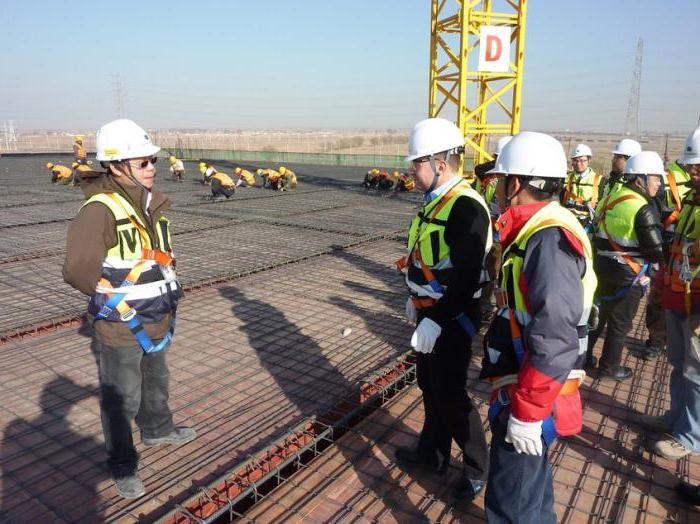
The provision on briefings indicates who has the right and obligation to conduct them.
Who can be a TB instructor
The head of the company appoints the person responsible for reading the introductory instructions. This takes into account what type of activity will be carried out. The duties of an instructor can be carried out:
- Labor Protection Instructor.
- Master of industrial training.
- Lawyer.
- Fire inspector.
- Health worker.
- Emergency rescue worker.
- Safety instructor.
Sometimes, in order to conduct an introductory briefing, a person is attracted from the side. These are organizations that specialize in such services.
When to read the instructions
Introductory instruction is carried out:
- At employment.
- In case of a long-term absence from the workplace due to illness, annual leave or childcare.
- When moving to a new position or working with new equipment.
- With the participation of trainees studying in the production process.
- When included in the production process or work on the territory of the enterprise, contractors or firms providing additional services.
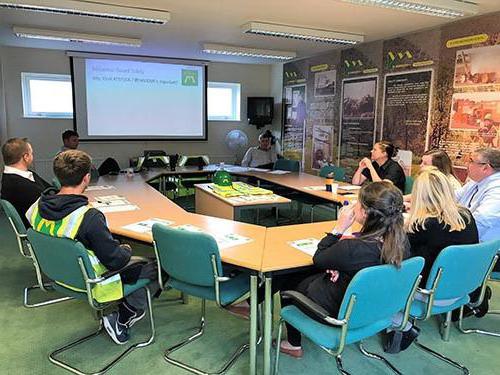
A few words about where the introductory briefing is conducted.
Location
At enterprises and organizations, as a rule, there is a labor protection cabinet. This may be a special room in which are provided:
- Technical training aids.
- Study Guides:
- posters, models;
- movies;
- layouts;
- training video.
3. Regulatory, legal and other documents that are related to the type of activity under consideration.
Standard Safety Instructions
Labor protection rules are established by labor protection institutions, departments and agreed with the Ministry of Labor.
It is necessary to highlight the main objectives of the induction briefing:
- Ensuring the safety of workers.
- Exclusion of injuries at work.
- Health protection.
- Minimizing the influence of harmful factors during the implementation of the production process.

Typical production instructions contain the following items:
- General provisions and requirements.
- Requirements for labor protection in the process of organizing and conducting work.
- Basic conditions for industrial premises.
- Requirements for the maintenance of equipment and the organization of workplaces.
- Storage, transportation, transportation of finished products, blanks and waste.
- A set of measures to prevent industrial accidents.
Introductory briefing at the enterprise
Not everyone attaches importance to induction training when applying for a job. However, the safety of the worker in production and labor productivity depend on this.
At the enterprise, the induction training program should contain the following items:
- General requirements.
- Requirements for instructions before work.
- Compliance with safety rules during work.
- Following the instructions during emergencies.
- Requirements for instructions on completion of work.
Each employee in the enterprise, depending on the position, has his own labor protection instructions, which he must adhere to.
Introductory briefing is obligatory at enterprises when performing work involving a risk to life.
Fire safety
Introductory training on fire safety is carried out by a fire engineer.
When hiring, a conversation is held, which may contain the following items:
- General Provisions Fire classification, fire safety systems, protection methods.
- Present conditions for fire protection measures. Fire safety measures. Organization of premises, workplaces, structures, buildings and territories. Evacuation exits and routes, safety signs.
- Fire warning system, fire detection systems and organization of evacuation of people.
- Organization of fire hazardous work and the requirements for them.
- Fire-fighting equipment. Instructions for use and their classification.
- Procedure in case of fire.
- First aid
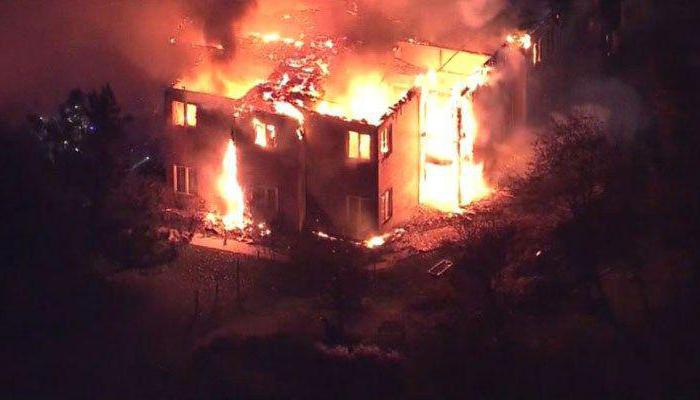
The implementation of the introductory fire safety briefing program includes not only your responsibilities, but also will teach you to act in the current emergency.
Next, we will consider what the instructor's work on preventing fires at work in organizations is.
What is an instructor required to do
A fire safety instructor is appointed in accordance with the order of the head of the enterprise. This should be a specialist with secondary vocational or technical education. At the same time, experience in engineering and technical positions is required. His responsibilities include:
- Monitor the state of fire protection equipment, both individual and fire extinguishing means.
- Regularly, according to the plan, carry out fire prevention measures.
- Train workers on fire safety.
- To inform the authorities about violations of fire safety standards, about fires, about malfunction of fire protection equipment, about changes in roads and entrances to the place of fire.
- Participate in the investigation, identifying the causes of the fire and identifying the perpetrators.
- To monitor compliance with and compliance with fire safety standards.
- Organize and carry out the evacuation of people.
- To commission and acquaint people with the latest warning and fire fighting systems.
- Monthly inspect basements and attics for fire safety.
- Provide introductory training on fire safety when hiring.
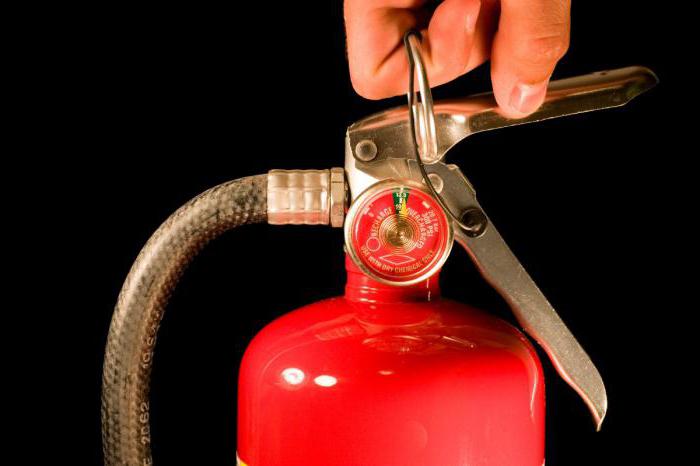
Introductory briefing
As mentioned earlier, training is carried out in a specially equipped room. The organization of the induction briefing is as follows:
- Briefing.
- Studying the requirements of labor protection instructions.
- The study of safe working methods and techniques.
- Necessary actions in emergency situations.
- Action and assistance in case of fire.
- Test knowledge instructed.
- Record in the registration journal.
- Record in the personal card of the instructed.
- Mandatory signature in the journal and card instructed and instructed.
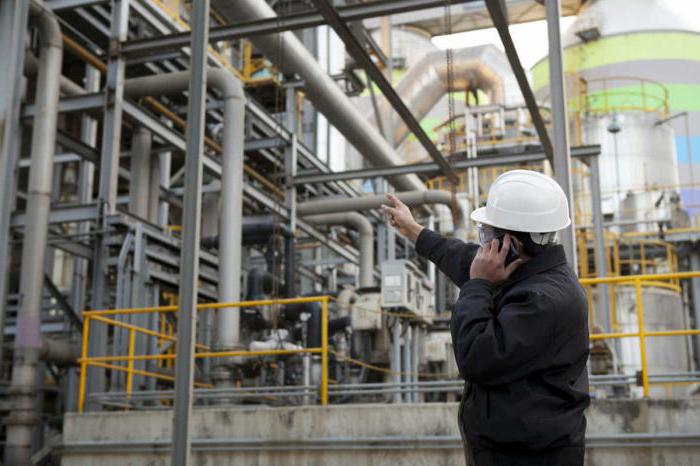
Introductory Briefing Journal
Let us dwell in more detail on the introduction training journal.
It is filled in by type of record. Must be specified:
- Date of briefing.
- Name of the instructed.
- Profession, position.
- The name of the unit where the instructed is going.
- Name of the person conducting the introductory briefing.
- Signature of instructor and instructed.
It should be noted that if the briefing is carried out before hiring or when changing the position, it is necessary to include information on the passage of briefing on labor protection and safety in the order and in the personal file of the employee.
Keep a journal for 10 years. If the organization or the enterprise does not keep such records or violates the rules of maintaining or storing the document, it will incur large fines. It must be kept by a safety engineer or other employee designated by the manager.
The magazine is stitched and sealed with the enterprise’s wet seal, which is certified by the signature of the person in charge. Upon completion, it is stored in the organization’s archive.
TB Instructor Responsibilities
Consider what is included in the duties of an instructor for labor protection and safety:
- Provide instruction with those entering the work, transferred to another production site, as well as to work on new equipment.
- To monitor the use and condition of protective equipment and devices.
- Monitor the safety of workers in the areas.
- Conduct briefing and activities on the study of safety standards with workers and managers of the organization.
- Perform inspection and carry out scheduled inspections to ensure occupational safety.
- Participate in the work of the commission for the investigation of industrial accidents.
- To monitor the implementation of measures to prevent the occurrence of emergencies at work.
- To carry out work to maintain and bring the organization, enterprise in accordance with applicable safety standards, as well as develop new standards and rules, taking into account the characteristics of production technologies.
- To analyze the safety situation, make changes and draw up schedules for events that contribute to production safety.

Instructor Responsibility
It should be noted for which the labor protection specialist, the one who conducts the introductory briefing, is responsible:
- For failure to comply with the job description in accordance with labor law.
- Committed offenses in the performance of their activities.
- For causing material damage.
- Non-observance of labor protection and fire safety instructions.
The fire safety instructor is responsible for the correctness of the decisions made and recommendations for the implementation of fire safety, as well as for the accuracy of the data provided to the management and the state fire inspection.
Each employee must know and follow the instructions for labor protection and fire safety, this will protect him from industrial accidents, and his superiors from criminal liability.